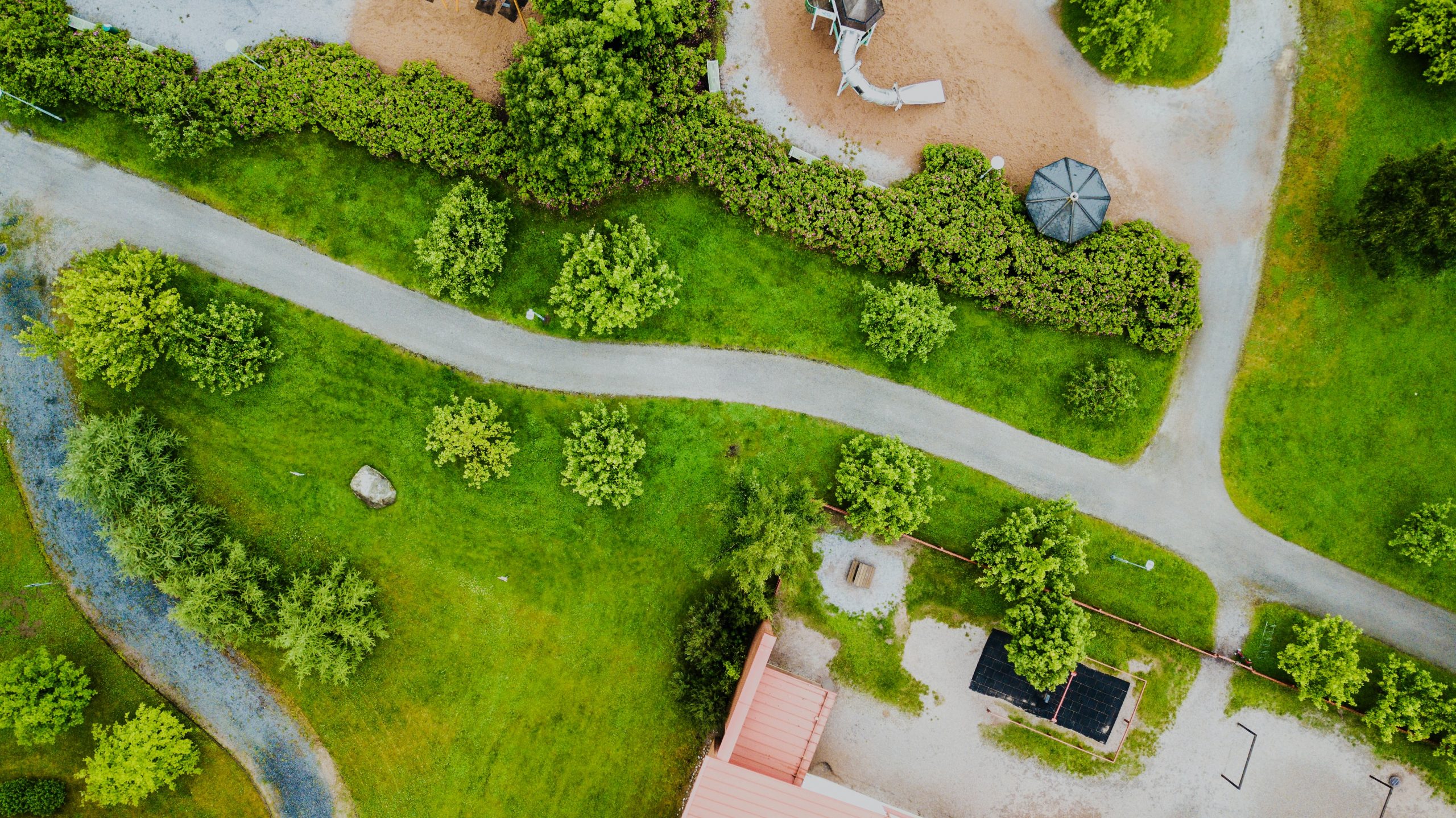The ongoing ecological challenges of climate change, resource scarcity, biological diversity, and environmental pollution urge the global business to fulfil their commitment to the triple bottom line of sustainable development, namely, economic prosperity, environmental integrity, and social equity for the benefit of current and future generations. In practice, the paradigm of circular economy, that is, “an economic system designed with the intention that maximum use is extracted from resources and minimum waste is generated for disposal” (Deutz, 2020), provides entrepreneurs and policymakers with operational guidelines to reshape the business model design and regional development trajectory.
For instance, the European Commission launched the Circular Economy Action Plan in 2020, as a major building block of the European Green Deal. In this action plan, the policymakers of the EU address the goals of empowering the public in waste reduction and consumer behavioral change, as well as leveraging the innovation capabilities of organizational players (e.g. enterprises, R&D centers, universities, communities, government authorities) to make circular economy work for people, regions, and cities, so that the EU will lead the efforts in building a sustainable global society.
In contrast to the traditional “linear economy” model of “purchase-consume-waste”, circular economy places a systematic view on the “end-of-life” of economic activity outputs and targets at long-term economic, social and environmental goals. Based on a systematic assessment of the definitions of circular economy, Kirchherr et al. (2017) summarized that the shift from a linear economy towards a circular economy engages “9R strategies” in the processes of (1) Smart product use and manufacture (R0 Refuse, R1 Rethink, R2 Reduce), (2) Extend lifespan of product and its parts (R3 Reuse, R4 Repair, R5 Refurbish, R6 Remanufacture, R7 Repurpose) and (3) Useful application of materials (R8 Recycle, R9 Recover). Furthermore, these researchers addressed that these operations should engage various economic stakeholders, including micro-level products, enterprises and consumers, meso-level eco-industrial parks, and macro-level city, region, nation and beyond.
This integrated view of integrating multi-level stakeholders in strategic implementation of the circular economy highlights the business opportunities in the private, social and public governance of the input-output flows of the global value chains (Gereffi & Lee, 2016). The global value chains mechanism incorporates the horizontal governance of locality-based coordination of citizens, enterprises, communities, R&D centers, government authorities in industrial clusters, and vertical governance of global scale supplier-buyer exchanges across geographic boundaries. The complex social relationships in terms of industrial function, social roles, and geographic locations connect various stakeholders in the multiplex networks in the circular economy.
In this progress, enterprises not only optimize the efficiency of resource acquisition and utility to achieve superior market performance, but also acquire new knowledge and skills to enhance their innovation capabilities. Furthermore, by building up multiplex business and social relationships with diverse stakeholders, enterprises acquire social capital in the ecosystem of circular economy and increase the impact in their corporate social responsibility conducts.
In sum, the efforts and contributions of enterprises in building a circular economy is more than a “being a good citizen” from a normative perspective. Rescoping the strategic orientation and reshaping growth trajectory in line with the principles of circular economy enables enterprises with market competitiveness, ecological sustainability, and social influence from an instrumental perspective. The governance of the global value chains further underlines the local-global spatial, industrial and institutional contexts of the enterprises’ roles in a circular economy. As next steps, business managers may further consider following questions:
Who are the key stakeholders in the ecosystem of a circular economy embedded in the global value chains?
What are the modes (financial, political, technological, social), types (normative, instrumental), and directions (horizontal, vertical) the enterprise can build up relationships with these key stakeholders?
How can they readjust strategic scope, reshape the business model, and coordinate the business relationships embedded in the global value chains, in order to capture the business opportunities of circular economy?
References:
European Commission. 2020. Circular Economy Action Plan // Deutz, P. 2020. Circular Economy. In: KOBAYASHI, A. (ed.) International Encyclopedia of Human Geography (Second Edition). Oxford: Elsevier // Gereffi, G. & Lee, J. 2016. Economic and Social Upgrading in Global Value Chains and Industrial Clusters: Why Governance Matters. Journal of business ethics, 133, 25-38 // Kirchherr, J., Reike, D. & Hekkert, M. 2017. Conceptualizing the Circular Economy: An Analysis of 114 Definitions. Resources, Conservation and Recycling, 127, 221-232.





